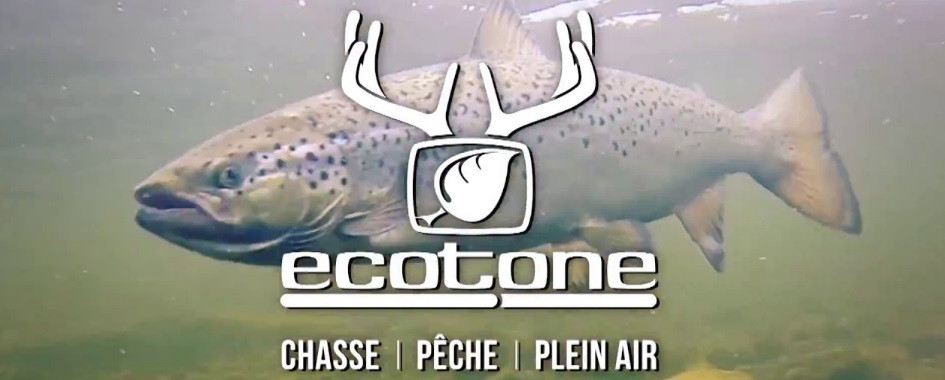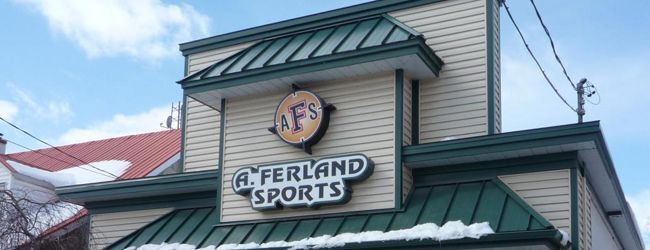

The layer produced defines the zone where a significant change in tree heights is observed on the MHC LiDAR. The layer thus produced aims to delimit riparian ecotones, which are defined as ( ). The development of the tools and their configuration were carried out in collaboration with the forest hydrology laboratory at Laval University.
Ecotone quebec series#
This type of layer is produced from a series of geomatic tools that use the canopy height model (MHC) and the topographic humidity index (TWI) produced from aerial LiDAR, as well as data from the ecoforest map of southern Quebec. In 2020, the Directorate of Forest Inventories of the Ministry of Natural Resources and Forests (MRNF) began producing vector layers of riparian ecotones.

The link: Access the data store is available in the Dataset Description Sheets Additional Information section.
Ecotone quebec pdf#
Therefore, these are not contours of wetlands within the meaning of the Act respecting the conservation of wetlands and bodies of water.**This third party metadata element was translated using an automated translation tool (Amazon Translate).** Government and Municipalities of Québec Form Descriptors Nature and Environment Science and Technology Download links CSV Coastal Ecotone LiDAR R02 FGDB/GDB Coastal Ecotone LiDAR R03 FGDB/GDB Coastal Ecotone LiDAR R04 FGDB/GDB Coastal Ecotone LiDAR R08 FGDB/GDB Coastal Ecotone LiDAR R09 FGDB/GDB Coastal Ecotone LiDAR R02 GPKG Coastal Ecotone LiDAR R03 GPKG Coastal Ecotone LiDAR R04 GPKG Coastal Ecotone LiDAR R08 GPKG Coastal Ecotone LiDAR R09 GPKG Open forest HTML ¢er=-78.32842,47.73441&invisiblelayers=*&visiblelayers=hoverFeatureId,59ae23b88a0f2dd3919e328f0ffd9b3f,1da64ddfeaf23710b8a9ad95133fb5d8 Open forest HTML ¢er=-72.05078,49.16215&invisiblelayers=*&visiblelayers=744396142aec9e748ff084da2bd00a51,1da64ddfeaf23710b8a9ad95133fb5d8 Original metadata () HTML Read to me PDF Procedures for using a web service PDF Download links SHP Web mapping service other It should also be noted that ecotone data is primarily used to support forest mandates, such as the delimitation of buffer zones along watercourses. Before using these data, it is therefore recommended to plan validation work by photo-interpretation or by means of field visits. For example, deforested land along a body of water may sometimes be included in the ecotone layer. On the other hand, the tool does not make it possible to filter out all of these exceptional cases and there are thus a few “false coastal ecotones” in the layer. In these cases, the tool instead uses potential water accumulation data from the Topographic Humidity Index (TWI), as well as data from the ecoforestry map, to delineate riparian ecotones. However, if deforestation, an agricultural field or a natural disturbance are adjacent to a body of water, no change in tree heights is observed. The layer thus produced aims to delimit riparian ecotones, which are defined as ().

Coastal ecotone from LiDAR _The link: *Access the data store* is available in the*Dataset Description Sheets Additional Information*_ section.


 0 kommentar(er)
0 kommentar(er)
